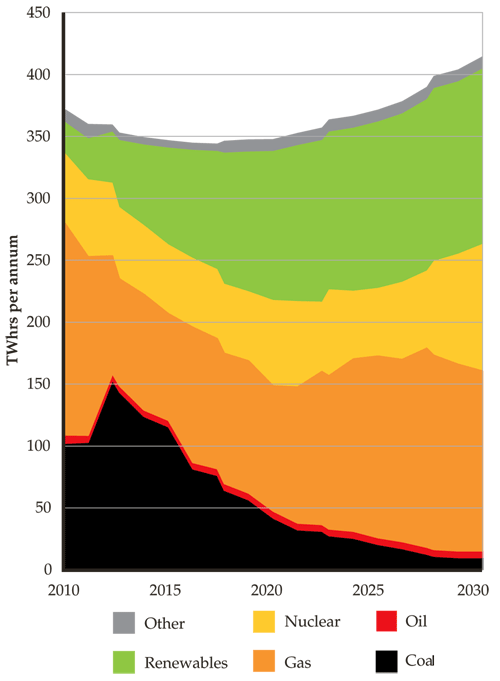However, while this no doubt helped reduce costs to end customers (and/or enhanced FOC profitability), we still find ourselves with several intermodal services requiring revenue support from Government.
This means that either someone is deliberately inflating their haulage prices (to secure the grant as well as the money the customer would have paid to move it by road), or the cost of track access for some services is too high.
Either way, this results in a rather pointless money-go-round, whereby access revenue paid to NR by its customers then gets recycled into Mode Shift Revenue Support paid to its customers to offset NR access charges. And that’s before you include the costs of administering it.
A bit of global benchmarking would therefore be useful, to see how far the cost base reflects what is actually charged. I’m not suggesting that access charges should enjoy further massive reductions, given NR makes relatively little from freight already, but anything that could be done to keep costs down would be welcome.
The ORR has already made one attempt of late to invoke pure economic theory as an excuse to drive up access charges, so before freight is driven off the network (again), other steps should be explored.
Improving freight train productivity would help. Work on delivering the Strategic Freight Network (SFN) through W10 gauge enhancement and train lengthening is already delivering significant improvements in train capacity, such that the average payload has increased by a third in recent years. The SFN programme and budget therefore needs to be protected, to allow these benefits to be spread over the rest of the SFN.
But in the longer term, a bolder strategy will be needed. Having freight trains bounced from passing loop to passing loop might be great for drivers to put their feet up en route, but does little to achieve competitive end-to-end transit times or make best use of drivers, traction and rolling stock.
Creating a freight-driven network of secondary routes, where freight trains can achieve greater priority in the timetable, would prevent freight gradually being squeezed off an increasing part of the network. It should not be assumed that HS2 will be the universal panacea to capacity issues on the West Coast Main Line… or anywhere else on the network.
Similarly, the UK can only operate for so long with HS1 being the only route capable of carrying larger UIC-gauge freight trains to and from the continent.
Providing a parallel route from the Channel Tunnel around or across London to (at least) the Midlands would help make Channel Tunnel freight services more attractive, and perhaps help reduce the utterly depressing scenes of the M20 jammed full of stationary lorries playing Operation Stack, while the parallel main line lies idle.
Contrary to popular misbelief, this does not necessarily mean cutting back every station platform and canopy from Folkestone to Crewe to let wider continental trains through - allowing taller 3m high continental containers onto the network should need no more extra height than the diagonal distance across this letter, and the existing wagon fleet could still be used.
From an interoperability perspective, it would also be interesting to see how much more we could squeeze through our stations and structures if we adopted the same approach to gauge clearances as our continental chums. That said, a dedicated UIC-gauge route would still be worth considering in the longer term.
So to sum up, the rail industry can no longer simply rely on selling coal to Newcastle (or replacing it by bringing biomass from Tyneside)!
If the exponential dreams of a freight forecaster are to be realised in practice, by anything other than a slight annual upward nudge in traffic, the network needs to become more accessible, in more ways than one.
No pressure, then.
Read the peer reviews for this feature.
Download the graphs for this feature.












